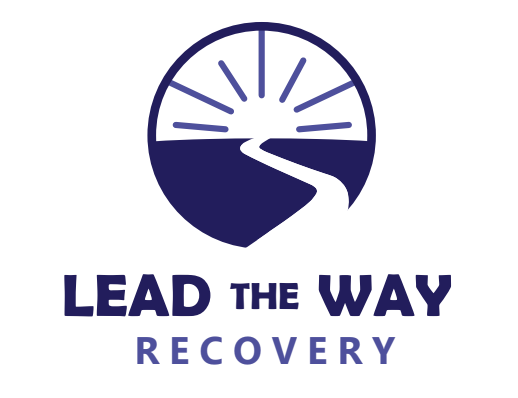Recognizing the Signs of Opioid Addiction
Opioid addiction is a growing concern globally, and understanding its signs is crucial for early intervention and effective treatment. In this detailed guide, we will explore the nuances of opioid addiction, differentiating it from drug dependence, and examining the cycle of addiction, with insights from Lead The Way Recovery, a leader in addiction treatment.
Understanding Drug Dependence Drug dependence refers to a physical state where the body relies on a drug to function normally. It's characterized by the development of tolerance (needing more of the drug to achieve the same effect) and withdrawal symptoms when the drug is not used. Dependence can occur even with prescribed medications, like opioids, when used over a long period.
Addiction vs. Non-Addiction: The Key Differences The line between addiction and non-addiction can be thin but significant. Addiction, unlike mere dependence, is a complex disease characterized by compulsive drug use despite harmful consequences. It's marked by an inability to control drug use, obsessive thoughts about the drug, and continued use despite knowing its risks. Non-addiction, or responsible drug use, typically follows the prescribed guidelines and does not interfere with daily functioning.
Defining Drug Addiction Drug addiction is a chronic, relapsing disorder characterized by compulsive drug seeking, continued use despite harmful consequences, and long-lasting changes in the brain. It is considered both a mental illness and a complex brain disorder. Addiction affects the brain's reward system and interferes with a person's ability to make decisions, leading to intense cravings and compulsive drug use.
The First Stage in the Cycle of Addiction The cycle of addiction often begins with experimentation or voluntary use. This first stage is characterized by occasional drug use, often driven by curiosity, peer pressure, or an attempt to cope with another problem such as stress or anxiety. Over time, as use becomes more frequent, the individual may progress to the next stages of the cycle, which include regular use, risky use, dependence, and finally, addiction.
Recognizing the Signs of Opioid Addiction Opioid addiction manifests through various signs and symptoms, which can be physical, behavioral, or psychological. Common signs include:
Increased tolerance to opioids.
Withdrawal symptoms when not using opioids.
Loss of control over opioid use.
Continuing use despite negative consequences.
Neglecting responsibilities and relationships.
Spending a significant amount of time obtaining, using, and recovering from opioids.
The Role of Medication-Assisted Treatment (MAT) In combating opioid addiction, Medication Assisted Treatment plays a vital role. MAT combines FDA-approved medications like Suboxone and Subutex with counseling and behavioral therapies. This approach is proven to be effective in reducing opioid misuse and improving patient survival.
Conclusion: Seeking Help and Treatment Understanding the signs of opioid addiction is the first step towards recovery. If you or a loved one is struggling with opioid addiction, it's important to seek professional help. Lead The Way Recovery offers comprehensive treatment plans tailored to individual needs. Schedule an Addiction Treatment appointment to start the journey towards a healthier, opioid-free life.


